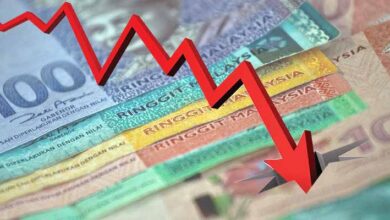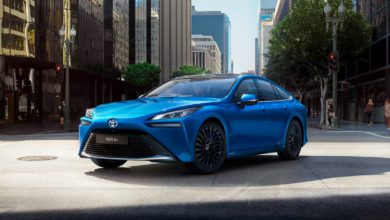Should you switch to an EV?
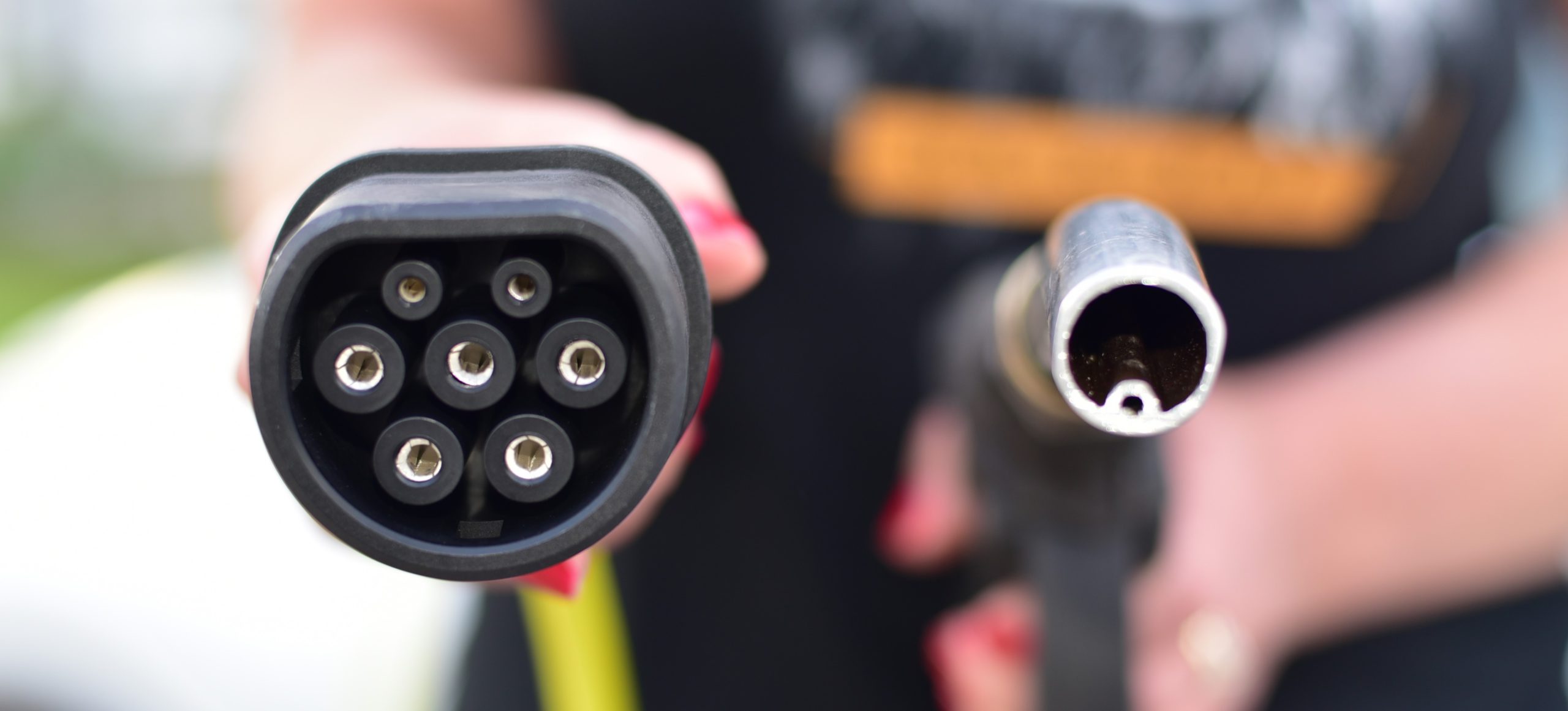
Malaysia, like many countries around the world, are pivoting towards EVs, from encouraging investments in EV technology to local brands Perodua and Proton announcing that they will soon launch their own EV models. Despite all the fanfare, EVs are not the most budget friendly given their rarity and new technology. So to make buying an EV worth it the returns must be exceptional. So should you switch to an EV? Well we can’t tell you to get one, only inform you about how they fare so you can compare it with your own car to make an informed decision based on your needs and circumstances.
Fuel costs
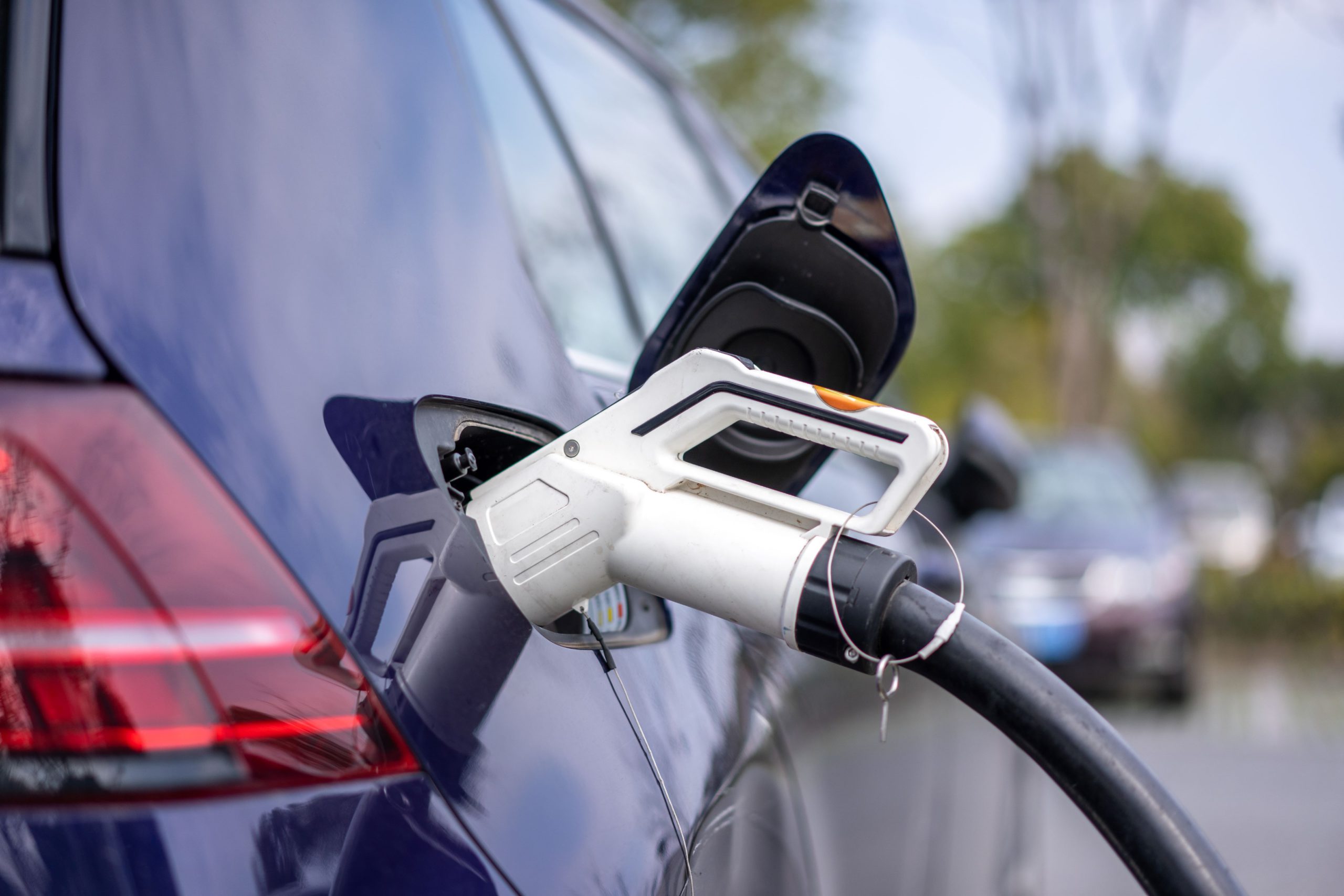
As one of the big considerations of car purchasing, fuel efficiency often correlates with lower long term payments. If you have a fixed routine and only use RON 95 which has a price ceiling of RM2.05, your fuel cost should be consistent.
Read more: RON95 vs RON97
When it comes to EVs, however, where you recharge matters. Charging at home will always be cheaper than outside, plus you get the benefit of charging it overnight and not having to wait by your car doing nothing. So even if your electricity bill might spike a little at home, the bill is still much cheaper than petrol based on the table below

For example, the new BYD Atto 3 has a 60kWh battery that can go up to 420 km, which costs only RM13.08 to fully charge! Even if your power usage hits the highest bracket, it is still only RM34.26 to recharge your Atto 3 from a flat battery.
Compare this to a Perodua Myvi, with a 36 litre tank that can go 792 km. Assuming you use RON95 which costs RM2.05 per litre, refuelling your tank from nothing would cost RM73.8. So here you have to decide, do you want price or range? A Myvi can go much farther at 792 km, but every 100 km costs RM9.31, while the BYD Atto 3 can only go 420 km but every 100 km costs a mere RM3.11!
Below is a table showing how much it costs to refuel or recharge your car from nothing under the most favourable conditions and how much driving 100 km would set you back.
| Car | BYD Atto 3 | Perodua Myvi |
|---|---|---|
| Price of full battery/tank | RM13.08 | RM73.8 |
| Range | 420 km | 792 km |
| Price per 100km | RM3.11 | RM9.31 |
Environmental Friendliness
Did you know that there are more registered vehicles in the country than there are people? That’s a lot of vehicles! And suffice to say, ICE cars are polluting – period. They burn fossil fuels that produce a lot of carbon dioxide, heat, and smoke. These two factors combined make motor vehicles the single largest source of carbon emissions in the country, estimated at 90%. So if you’re already all about the reduce, reuse, recycle life, then why not take it a step further and look towards an EV?

EVs use electricity to power their engines and so don’t directly produce carbon dioxide, smoke or loud noises! Electricity generally comes from a much cleaner power plant, such as a gas fired power plant or even a hydroelectric dam, then the C02 emissions from your EV will then be significantly lower! That said, most of the electricity in Malaysia is still produced through coal burning, so that ties EV usage to pollution – albeit significantly lower. In short, an electric car is almost always greener than a petrol car.
Range
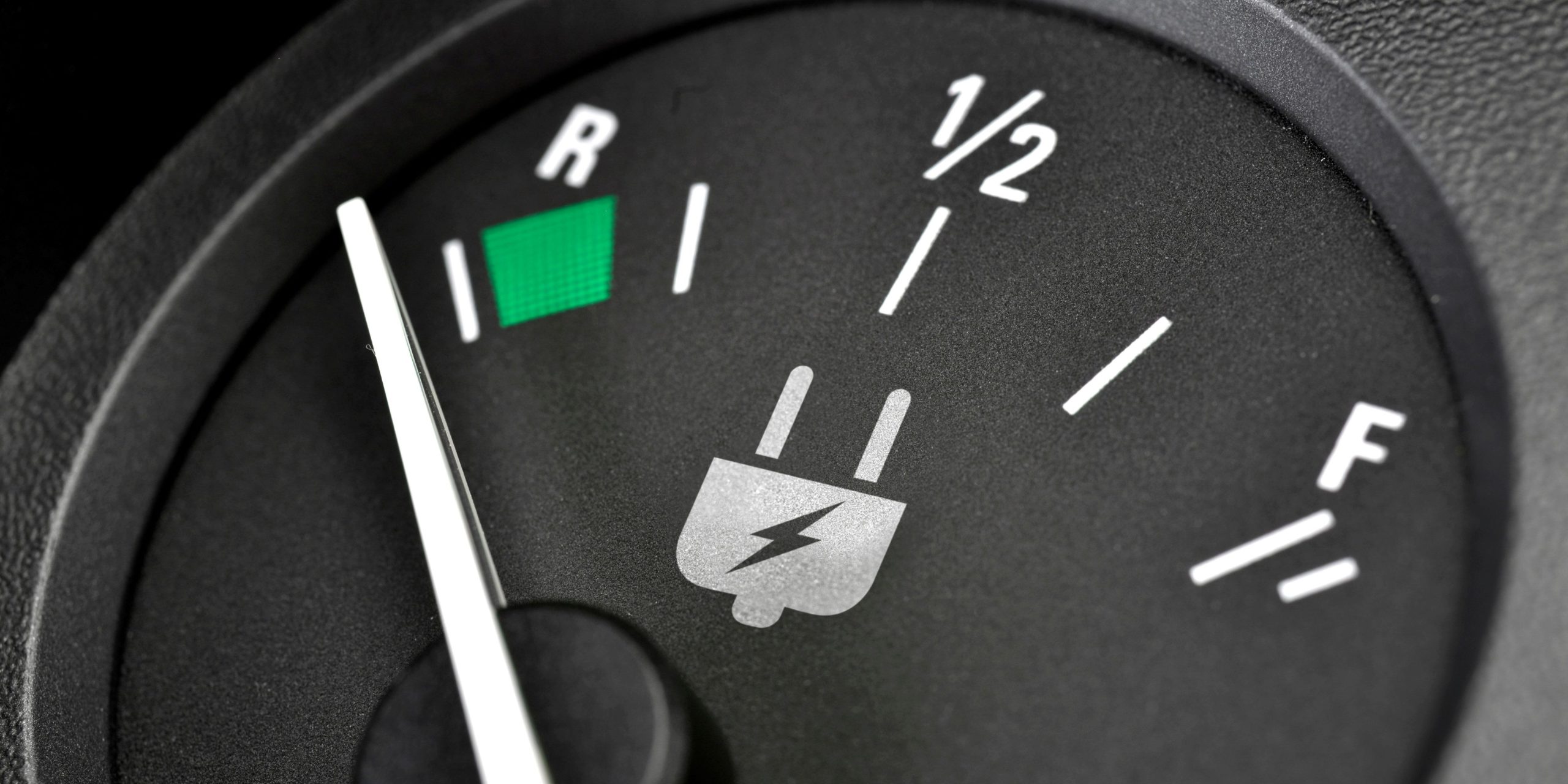
When it comes to where you can drive, petrol has electric beat, for now. You can find a petrol station pretty much anywhere in the country. If you are travelling across the country, you can simply stop at any petrol station for five minutes and be off with a full tank. For example, a Perodua Myvi, which can go 22 km per litre, can travel up to 792 km with a full 36 litre tank.
Compare this to the BYD Atto 3 has a 60kWh battery that can go 420 km. This is enough to take you to Ipoh and back to Kuala Lumpur with 10 km of range to spare. But not everyone makes this kind of journey every day, or even once a month. If you work 15 km away from where you live, you can make this journey 28 times or commute to and from work 14 times before your battery dies!
If you are a short commuter that stays mainly within the city, you can consider an EV. If you are one who has to travel or go outstation frequently, the risk of not finding a charger to recharge your EV may be something you have to consider. Another option would be to go for a hybrid – you’ll get the best of both worlds as you soothe your range anxiety.
Maintenance

When it comes to maintenance, petrol cars have a greater variety of options. You can go to your brand’s authorised service centre or find a local mechanic to get everything sorted out. No matter the brand and make, if your car runs on petrol, you can find a mechanic.
This is unlike EVs, which is quite the new technology, so knowledge and parts are in short supply. This leaves the authorised service centres as the only option. Although you save on regular maintenance hassles such as engine oil, the other regular moving parts like wiper blades and brake pads still require routine maintenance. This is not considering the battery, which can go up to several thousand Ringgit.
Since the newer Atto 3’s more powerful battery replacement prices are still unknown, we shall use the Nissan Leaf’s 40 kWh battery as a comparison. Estimates for brand new Nissan Leaf batteries range from RM11,000 for the 24kWh battery to RM30,000 for the 40 kWh battery. Since the battery can last up to 10 years, it could cost RM3,000 a year for the full 40 kWh change, provided you take care of it. If you do not, it can last up to 6 years or RM5,000 a year for the 40kWh battery and RM1,833 for the 24 kWh battery.
A Myvi’s on the other hand would need to replace the battery every two years or so, costing RM200, depending on brand as well as servicing every 10,000 km or six months. The total 5-year service cost of a Myvi stands at RM3389.19, including the optional change of spark plugs at the 50,000 km service.
Below is a comparison of the maintenance cost between a Nissan Leaf with a full battery replacement after 10 years and a Myvi over a five year period at Perodua.
| Car | Nissan Leaf | Perodua Myvi |
|---|---|---|
| Overall maintenance cost | RM30,000 for 40kWh battery after 10 years | RM3,389.19 5 year maintenance cost with Perodua |
| Yearly cost | RM3000 | RM677.84 |
A reasonable compromise?
If you really do not want a petrol car due to the environment but are unsure about electric cars due to their novelty, you can still choose hybrids as a green and fuel saving alternative. As they are made with proven technology that entered the market decades ago, parts and experts aren’t an issue. And because of their hybrid nature, hybrids are able to leverage the ubiquitous petrol stations and never have to worry about the car dying due to running out of battery charge regardless if it is a plug-in hybrid or a regular hybrid.
Read more: A brief history of hybrid cars
Take the Nissan Serena S-Hybrid for example, with a powerful 2.0 litre engine, it can fit a large family comfortably and go the distance! If this MPV is not for you, you can find the perfect hybrid from as low as RM37,800.
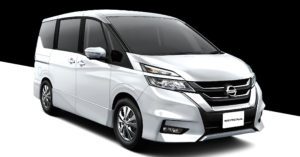
So in short, if your drive takes you places where you can cheaply recharge your EV, you can seriously consider one but if long outstation trips describes your schedule more, it might be a better idea to get yourself a fuel saving petrol car for the time being. Regardless, no matter what car you decide to buy in the end, all cars produce emissions when they are manufactured. Therefore a used car is almost always the better choice when it comes to minimising emissions. And if you buy your dream car with myTukar today, you can enjoy a Menangful Raya with up to RM27,000 off on selected cars and a chance to win an all-expenses-paid trip for 2 to Seoul, Korea! Find your dream car now!


